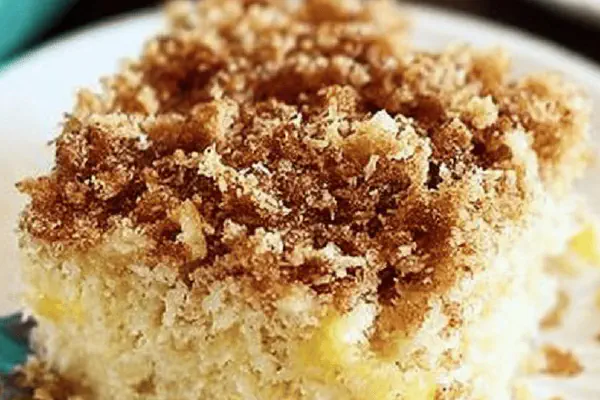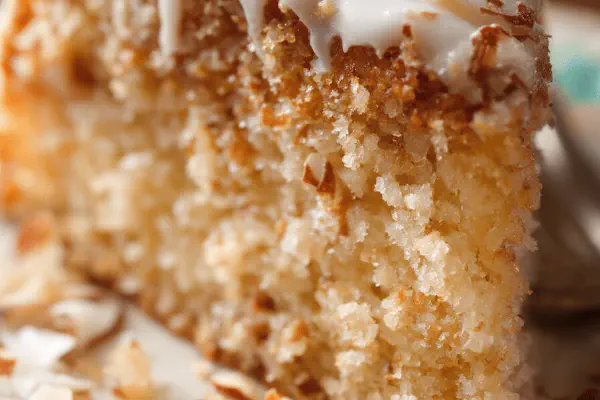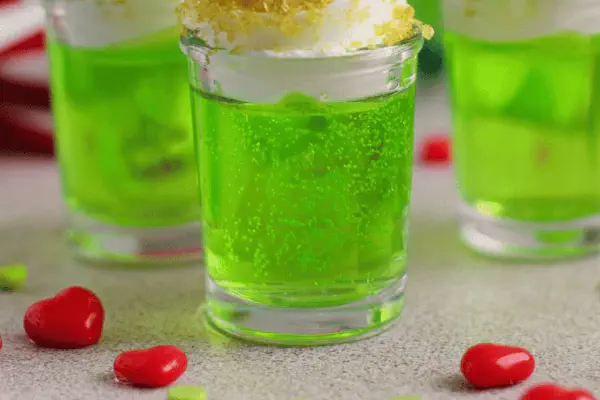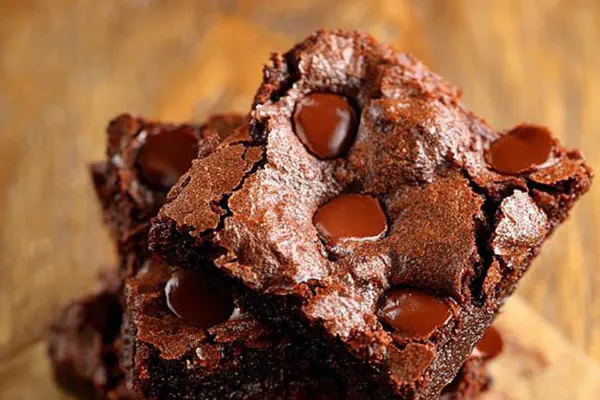Twisted Cajun Pineapple Cake
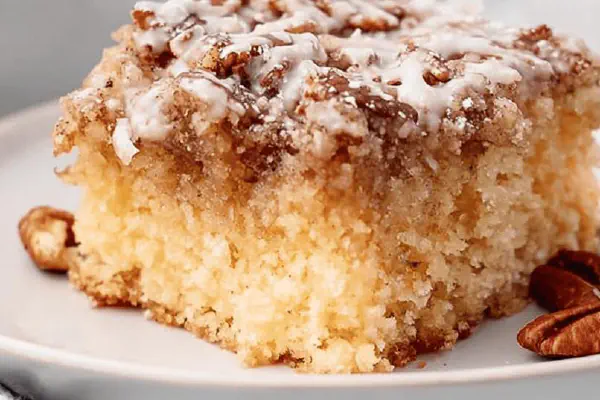
By Emma
Certified Culinary Professional
Ingredients
- 2 cups all-purpose flour
- 2 cups granulated sugar
- 1 teaspoon baking soda
- 1/2 teaspoon fine salt
- 20 ounces crushed pineapple undrained
- 3 large eggs beaten
- 1 tablespoon vanilla extract
- 1 1/2 cups evaporated milk
- 1/2 cup unsalted butter
- 3/4 cup chopped walnuts (to replace pecans)
- 1/2 cup coconut flakes toasted
- 1/2 teaspoon ground cinnamon (added twist)
- Nonstick cooking spray
About the ingredients
Method
===
- Oven to 350 degrees F, no mercy. Grab a 9x13 pan. Spray heavily, must be slick or cake stick disaster.
===
- In big bowl, whisk flour, sugar, baking soda, salt. Watch lumps; no pockets of baking soda hiding.
===
- Dump in undrained pineapple, eggs, vanilla. Stir vigorously 70 seconds minimum. Batter thickens, sticky but pourable.
===
- Pour batter in pan. Smooth surface with spatula. Bake 35 to 40 minutes but watch edges; brown and pull away signals ready. Toothpick dry means done. Stick one in center, no wet crumbs.
===
- While cake rides heat, get glaze on. Medium-high saucepot heating sugar, evaporated milk, butter, vanilla plus cinnamon. Stir constantly. Low bubble forms after 7 minutes here. Don’t rush or sugar will burn.
===
- Drop heat mid after boil, toss chopped walnuts and toasted coconut in glaze. Stir 4 minutes till thickening. Texture shifts from runny to syrupy but not solidifying.
===
- Out cake. Pour glaze hot and spread nuts and coconut evenly. They stick to glaze. Don’t panic if extra glaze pools; cake soaks it up as it cools.
===
- Cool fully before slicing; at least 1 hour. Cutting warm cake means mess. Use serrated knife, clean between slices for neat parts.
===
- Store leftovers covered in fridge. Texture tightens, flavors meld better overnight.
Cooking tips
Chef's notes
- 💡 Oven at steady 350 degrees F. Use nonstick spray heavily. Slick pan prevents stuck edges—skip parchment glaze clings better. Flour and sugar whisk needs no lumps; lumps lead to uneven baking soda distribution and weird pockets. Undrained pineapple adds moisture but watch batter thickness; too sloppy means dense cake later. Eggs beaten for some air; don’t add half-done. Texture sticky but pourable. Pour and smooth quickly before batter settles. Visual clues key: edges brown and pull slightly—no guesswork needed if paying attention. Toothpick test crucial; no wet crumbs allowed. Overbaking dries cake; underbaking soggy layers happen fast.
- 💡 Glaze needs constant stir on medium-high. Sugar melts slow here, bubble appears faint around 7 minutes. No rushing; scorch risk spikes with heat jumps. Adding cinnamon now balances sugar but subtle—don’t dump too early or raw spice taste lingers. After boil, reduce heat mid-level before tossing nuts and toasted coconut inside glaze. Four minutes stirring till syrupy, thick but still pourable. Texture changes but doesn’t settle harmfully. Hot glaze on warm cake soaks in—extra pooling no worry, cake absorbs if given time. Spread nuts evenly or they clump; glazing is hands-on, sensory dependent.
- 💡 Coconut toasting critical—dry pan, medium heat, shake often till golden not burnt. Raw flakes soggy in cake or glaze. Nuts toasted too, sharpen aroma and crunch; walnuts replace pecans here but almonds or others work if toasted well. Glaze thickens gently around nuts; no rush or sugar can crystallize or burn. Watch glaze bubbling, not rolling boil. Heat stages not exact science, more senses. Cool cake fully before slicing; 1 hour minimum. Warm cake slicing means mess and tearing, serrated knife best. Clean blade between cuts avoid crumbs migration. Cover leftovers in fridge; flavors bind overnight, texture tightens, no drier if sealed well.
- 💡 Batter thickness tells volumes. If too liquidy, pineapple juice not drained enough or eggs missing. Too dry means under-mixing or forgotten juice. Slow, gentle whisking after adding wet to dry; overmixing toughens gluten, cake dense. Lower oven rack if top browns fast; edges light pull-away key done sign. Glaze technique picky; do not skip constant stirring, cinnamon addition after sugar melts protects against bitterness but subtle. Nuts help anchor glaze. Glaze poured too cold? Won’t soak properly. Too hot? Glaze slips off cake sides wasting effort. Let glaze bubble shyly, no furious boils. Texture shifts mean it’s ready for nuts.
- 💡 If no evaporated milk, substitute whole milk plus tablespoon cornstarch mixed in; thickens glaze similarly. Nut swaps flexible but always toast nuts separately for crunch, almond often sweeter, walnuts darker flavor. Coconut toasted before mixing or chunky soggy mess inside glaze. Baking times can swing ±5 depending on oven hotspots; watch edges and toothpick carefully. Glaze bubbles delicate, not vigorous rolling boil. Pour hot glaze on cake for best soak; cooling binds sugars and rest improves slicing integrity. Cake holds well covered in fridge or wrapped, freezer OK if sealed tightly. No fancy decorations needed glaze and nuts rustic and substantial.
Common questions
Can I substitute nuts?
Yes, almonds or pecans work. Toast nuts separately first. Raw nuts make cake soggy; crunch lost. Walnut swap sharpens flavor; other nuts add different notes. Keep chopped fine but not powder. Adjust glaze timing slightly to ensure nuts integrate well.
How to avoid soggy cake bottom?
Don’t drain pineapple but watch batter consistency closely—too wet means dense, soggy spots. Bake full time; edges pulling away signal readiness. Use toothpick at center, no wet crumbs. Pan prep with enough nonstick spray avoids sticking. Avoid overpouring glaze; cake soaks but excess glaze pools longer if too much used.
What if glaze burns or crystals form?
Lower heat when sugar melts; stir nonstop. Bubble should be steady, not rapid boil. Cinnamon added mid-melt protects from bitterness. If missed, glaze can get grainy or bitter. In next attempts reduce heat, don't rush boiling. Cool glaze slightly before nuts but must remain pourable. Timings key, senses critical.
How to store leftovers?
Cover cake tightly in fridge. Texture firms overnight, flavor melds. Use plastic wrap or airtight container. Freezing possible wrapped well, thaw in fridge. Avoid drying out by improper covering. Leftover glaze soaked in cake, no drying out inside. Cutting neat after chilling easier. Room temp storage okay short term but chill preferred.
